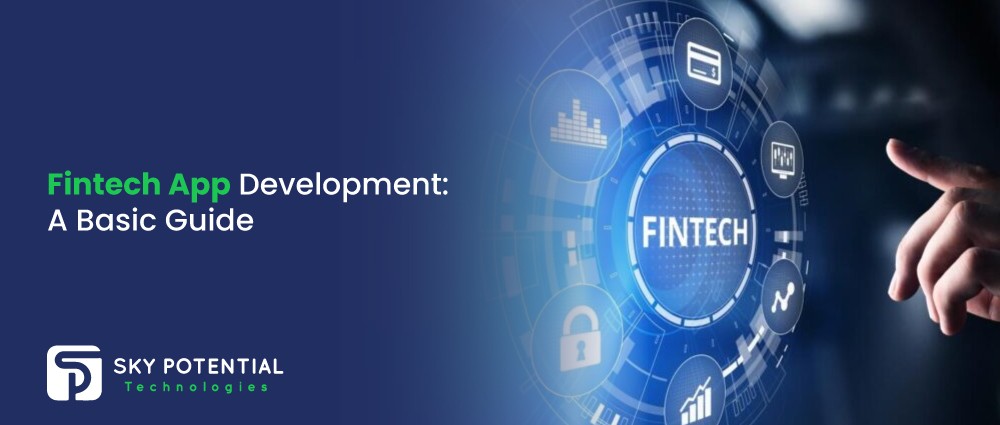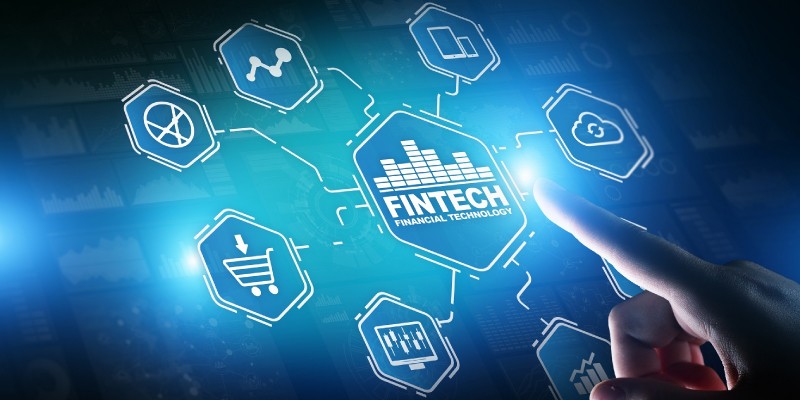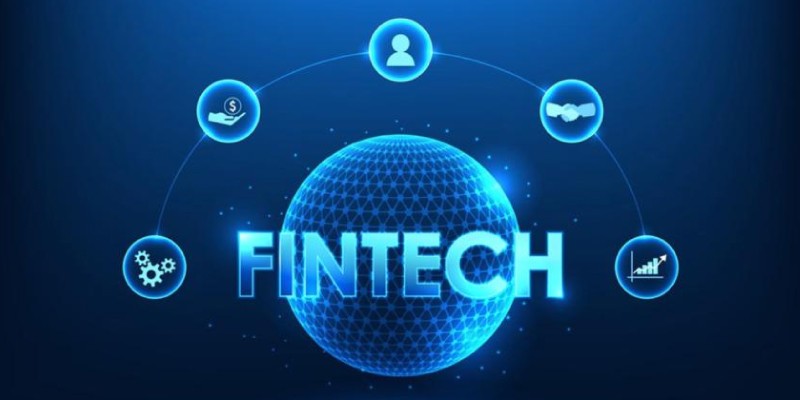- AI

Artificial Intelligence

Smart Products & Services
We follow Smart Products & Services

Intelligent Business Functions & Processes
We follow Intelligent Business Functions & Processes

Robotic Process Automation
We follow Robotic Process Automation

Personalized
healthcareWe follow Personalized healthcare

Identifying at-risk patients
We follow Identifying at-risk patients

Optimized routing and scheduling
We follow Optimized routing and scheduling
- ML

Machine Learning

Predictive
AnalyticsWe follow Predictive Analytics

Service Personalization
We follow Service Personalization

NLP
We follow NLP (Natural Language Processing)

Stock Market Forecasting
We follow Stock Market Forecasting

Fraud Prevention
We follow Fraud Prevention

Recommender engines
We follow Recommender engines
- blockchain
- IOT

Internet of Things
- AR
- Business Solutions

Business Solution

Business Performance Management
We follow Business Performance Management

Decision Making & Big Data Analytics
We follow Decision Making & Big Data Analytics

Enterprise Data Management
We follow Enterprise Data Management
- Apps

Apps

Native Apps
We follow Native Apps

Cross Platform Apps
We follow Cross Platform Apps

Web Apps
We follow Web Apps

Hybrid Apps
We follow Hybrid Apps

Cloud Native Apps
We follow Cloud Native Apps
- Lab

Fintech App Development: A Basic Guide
With the arrival of digitalization, the fintech market has greatly been influenced by it. Users have also been influenced by it. Their preferences have changed, and they want ease in using financial services. Users want to digitally manage their finances, lending, budgeting, cash management, and retail banking. This demand has pushed financial service providers to offer their clients fintech apps.
As per the research, the fintech market will be worth 165.17 billion dollars in 2023.
The fintech industry global user base is forecast exceed 3.5 billion in 2024.
Thus, the demand for fintech app development increases for those who want to build fintech apps to provide digitally secure services to their clients.
That is why the demand for reputable fintech app development services has also increased in the digital market. If you want to build one, contact us.
So, in this blog, we will discuss features, costs, and much more regarding fintech app development.
What is a fintech app?

A fintech app is a short-term “financial technology application.” It is a name given to the financial tools that work digitally. It can be in any app or software form integrated with AI, ML, data analytics, blockchain, etc., to be accessible to the public.
A real-life example of Leading Fintech apps
Money ion
A personal finance app where traditionally underserved consumers can save, manage, and invest cash. Users can receive personalized financial advice, monitor their credit, and quickly access loans. They can also invest in a portfolio according to their financial goals and risk tolerance.
Chime
It is a digital baking app with free financial services, such as saving accounts, making credit via credit cards, and spending accounts. Users can manage all these online. Chimes helps users save traditional banking fees, improve their credit, and save automatically.
Robinhood
An investment digital app free of commission that is highly user-friendly and intuitive. Users can buy/sell stocks, ETF, cryptocurrencies, and options. The app democratizes finance by allowing users worldwide to make investments easily.
Coinbase
A leading cryptocurrency exchange app, Users can trade and store digital currencies such as Bitcoin and Ethereum. This open financial system also allows users to access educational resources about blockchain and crypto.
Types of Fintech apps

Insurance Mobile Apps
Users can buy insurance policies, file claims, and manage their policies. Its advanced features include a chatbot for direct help and AI-focused customized policy recommendations. Such apps meet multiple brand needs, such as cyber insurance, liability insurance, and employee coverage insurance, and give a new approach to managing insurance portfolios.
Investment Mobile Apps
Such apps make investments accessible to everyone. With such apps, users can access investment types like ETs, bonds, mutual funds, and cryptocurrencies. The app has built-in analytic tools that help users manage portfolios, receiving updates in real time and according to market trends. For example, with its AI and ML algorithms, the Robo-advisor app advises users on portfolio management based on their investment goals and risk tolerance.
Money Management Apps
They are like digital banks that let users make payments, move money, and deposit cheques via taking photo. Users can even submit a loan or credit card application. Users can receive instant notifications regarding all transactions. Also, they have built-in budgeting tools that help users manage their finances.
Regtech Apps
Or you can be called a “Regulatory technology app.” Such apps help manage complex finance regulations. They apply AI and data analytics to automate compliance tasks, assess risk, identify regulatory changes, and perform real-time reporting.
Money Lending Apps
Users can borrow cash with this app with an easy loan approach. Such apps access the creditworthiness of a borrower with their data-driven algorithms. Also available as peer-to-peer lending.
Personal Finance Mobile Apps
This app allows users to manage their personal finances, monitor expenses, and invest. Users can also get personalized advice, such as improving their credit scores, detecting unnecessary expenses, and suggesting investment strategies. The app also provides financial knowledge resources.
Budgeting Apps
Using such an app, users can easily manage their expenses and budget. They can track their expenses and incomes and set spending limits for multiple categories. In return, they can have a visual display of their spending patterns. Also, you can have bill reminders and savings tips to avoid late fee submissions.
Accounting Apps
These are best for freelancers and businesses to streamline accounting tasks. Users can send invoices/ receipts, build multiple financial reports, track incomes/expenses, and process payroll. They can also automatically classify transactions for tax filing and calculate tax liability.
Why to build a Fintech App

- Financial Literacy: – Having extensive knowledge regarding financial management builds trust with clients.
- Increased Mobile Usage: – Convenience in collecting client data, giving better-personalized service by directly reaching clients with smartphones.
- Digital Transformation:-Always operate parallel with modern trends. Develop custom fintech app via a digital-first method to financial services.
How to Do Fintech Apps Build Cash Digitally
- Subscription model: – A recurring fee, typically monthly or yearly. Users get a consistent revenue stream.
- Freemium Model: -Basic features are free, but payment is needed for advanced features.
- Transaction Fees:-A minor portion of the amount is charged every time the money moves.
- Advertising:-Generate cash via advertising in partnership with the 3rd party by displaying ads in the app.
- Referral Programs:-Users get rewards (discounts or cash) when they bring new clients.
- Data Monetization:An app owner charges other third-party companies to access their collected financial insights.
Best Fintech App Development Trends In 2024
Blockchain Tech Integration
In fintech app development, blockchain provides strong transparency, traceability, and security for financial movement.
AI Personalization
With AI alights, fintech apps can detect user preferences, behavior, and financial goals and use that information to give investment recommendations and custom financial advice. AI chatbots are an example.
Open Banking Expansion
When users share their transaction data with third parties via open API, those third-party developers can build products/services using that consumer banking data.
High Usage Of Biometrics
Face recognition and fingerprint are now common, and all fintech apps add these features to their API to protect against fraud and validate user identities.
Decentralized Finance (DeFi) Growth
DeFi is taking place in the fintech world via blockchain-based protocols. There is no central authority during trading, lending, investing, or borrowing.
Sustainability Focus
Every industry is now focusing on promoting a green environment. Green fintech apps are being developed to support carbon footprint tracking and sustainable investment.
Neo-banks Expansion
These are also called digital-only banks that offer services via mobile app or website. Examples are Nubank, Varo Bank, Monzo, etc.
Features To Integrate In Your Fintech App

General Features
Registration: Log in via ID, strong password option, and multi-factor authentication process.
Personal account: Include a feature of profile images and a color settings option where the user’s financial status, all period transaction options, and financial goals are shown in the account.
Payment Gateway: – It must have a smooth, secure, and quick transaction process and support multiple payment means such as credit/debit cards, bank transfers, and digital wallets.
Financial Management option: –It all depends on the type of app (as discussed above) you are making.
Onboarding System: When new users log in, guide them through your app’s features and how it works.
Chatbots: For 24-hour customer support, give them AI assistance to answer their queries.
Advanced Features
Biometric Scanning: – Give a secure authentication method like fingerprint or face recognition.
Two-factor Authentication: Besides a password, face recognition, or fingerprint, second-level authentication is a must, like a code sent via email or phone call.
KYC: – This stands for “Know your client,” a standard in investment services. You can verify clients’ financial portfolios and risks.
Cashback: -This feature is a reward a user receives for spending in a small portion of the form. You can increase client loyalty with this feature.
Card scanning: – Scan the card by taking a picture and getting the card details.
Cost Tracking: This feature can help users manage their finances successfully. Recording and analyzing their expenses, savings, and movement can help users explore their spending ways and pick areas where they can make better savings.
Main FinTech App Development Necessities
Security: Using all sorts of security protocols and PCI DS industry regulatory compliance are musts for user security and protection from cyber threats.
Integrations: Your payment gateways are always connected to other systems, such as banking APIs and third-party services like identity verification and credit card scoring.
Simplicity: – Your app design is clean and has helpful prompts, clear instructions, and an intuitive flow.
Support: As discussed, complex queries must be resolved on time, and chatbots and even strong human assistance are needed.
Several Phases in Fintech Application Development
- Phase I: -Pick Your Fintech Niche
- Phase II: -Deal With Compliance
- Phase III: -Outline and Describe Your Features
- Phase IV: -Make a partnership with a Software development Service Provider
- Phase V: -Build A Captivating UX/UI Design
- Phase VI: -Develop An MVP (minimum Viable Product)
- Phase VII: Test, Improve, Repeat
Technology Stack In A Fintech App
- Programming languages: – Swift or Objective-C for iOS and Java or Kotlin for Android
- Backend: – Python, Ruby and C++
- Frontend: – CSS, HTML, JavaScript
- Frameworks: – Django, Ruby on Rails, Spring
- Payment Gateway: – Stripe, Braintree, Paypal
- Database: – MySQL, PostgreSQL, MongoDB
- Cloud environment: -Google, AWS, Azure
What cost can be incurred in Building A Fintech App?
The cost varies on these certain factors: –
- The complexity of an app, the features you will add, the integration with third-party services, and the tech stacks you use.
- The UI/UX design
- The type of app you want to work on (cross-platform, hybrid, native, PWA)
- Post-development costs like app maintenance and upgrades are needed.
Conclusion
The fintech app development world is dynamic and is evolving. The business now and in the near future has lots of potential to take from these.
Sky Potential UK is the leading fintech app development services in the UK, with more than 50 projects.
Our app development services use the experienced staff and latest techs to make your fintech app dream into reality.
So get our ML or AI app development services to build an exclusive right from scratch.



















































Leave a Reply